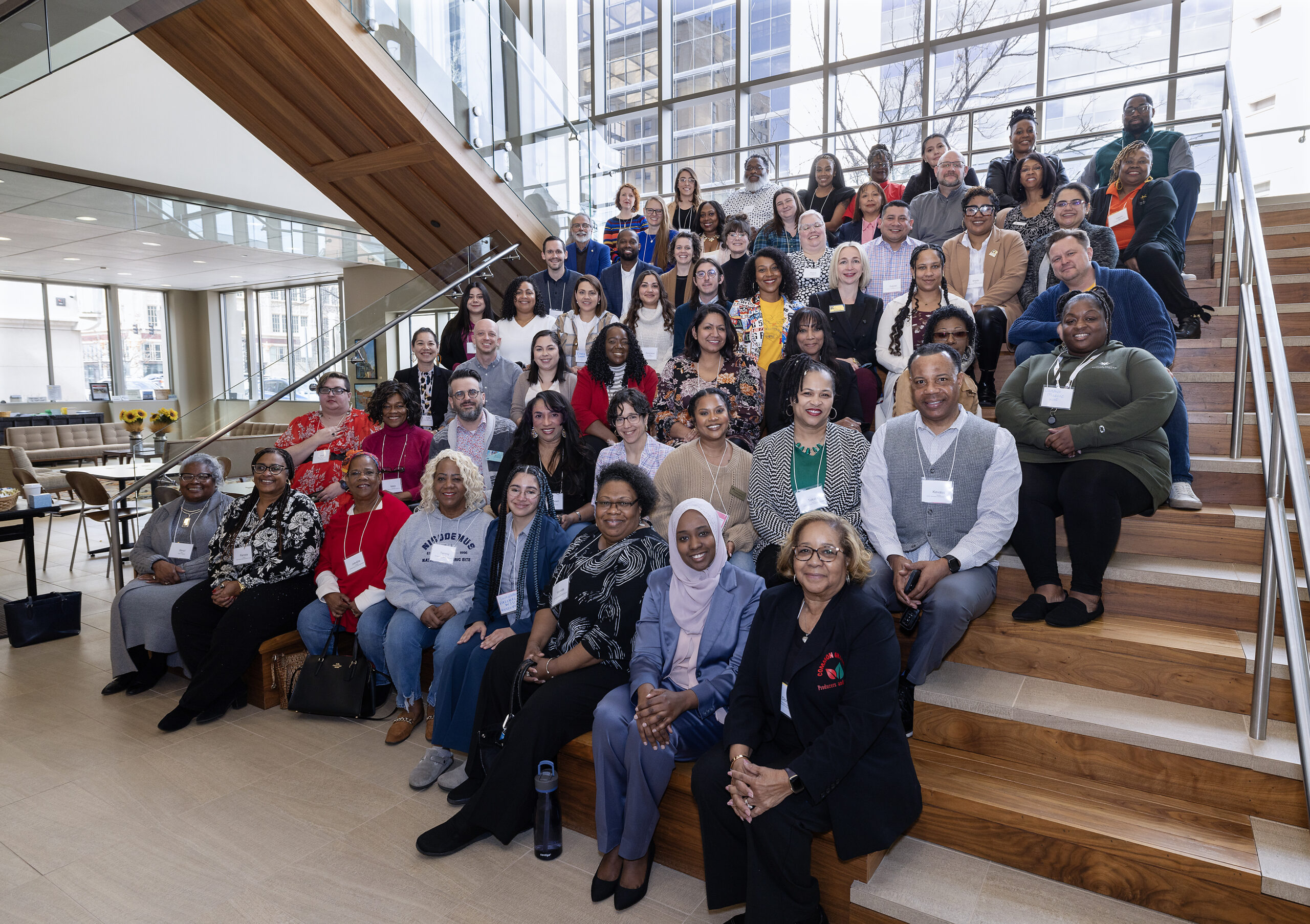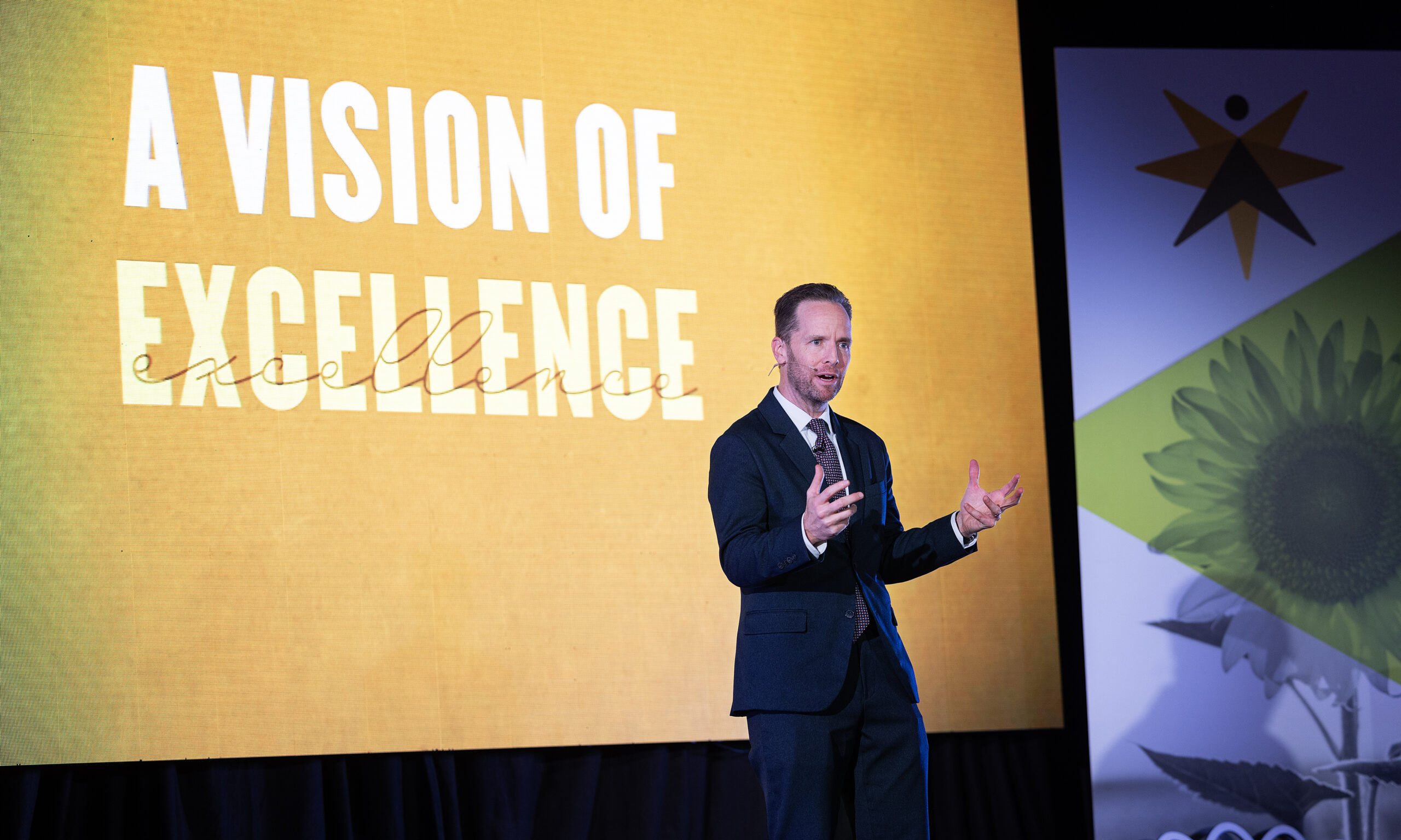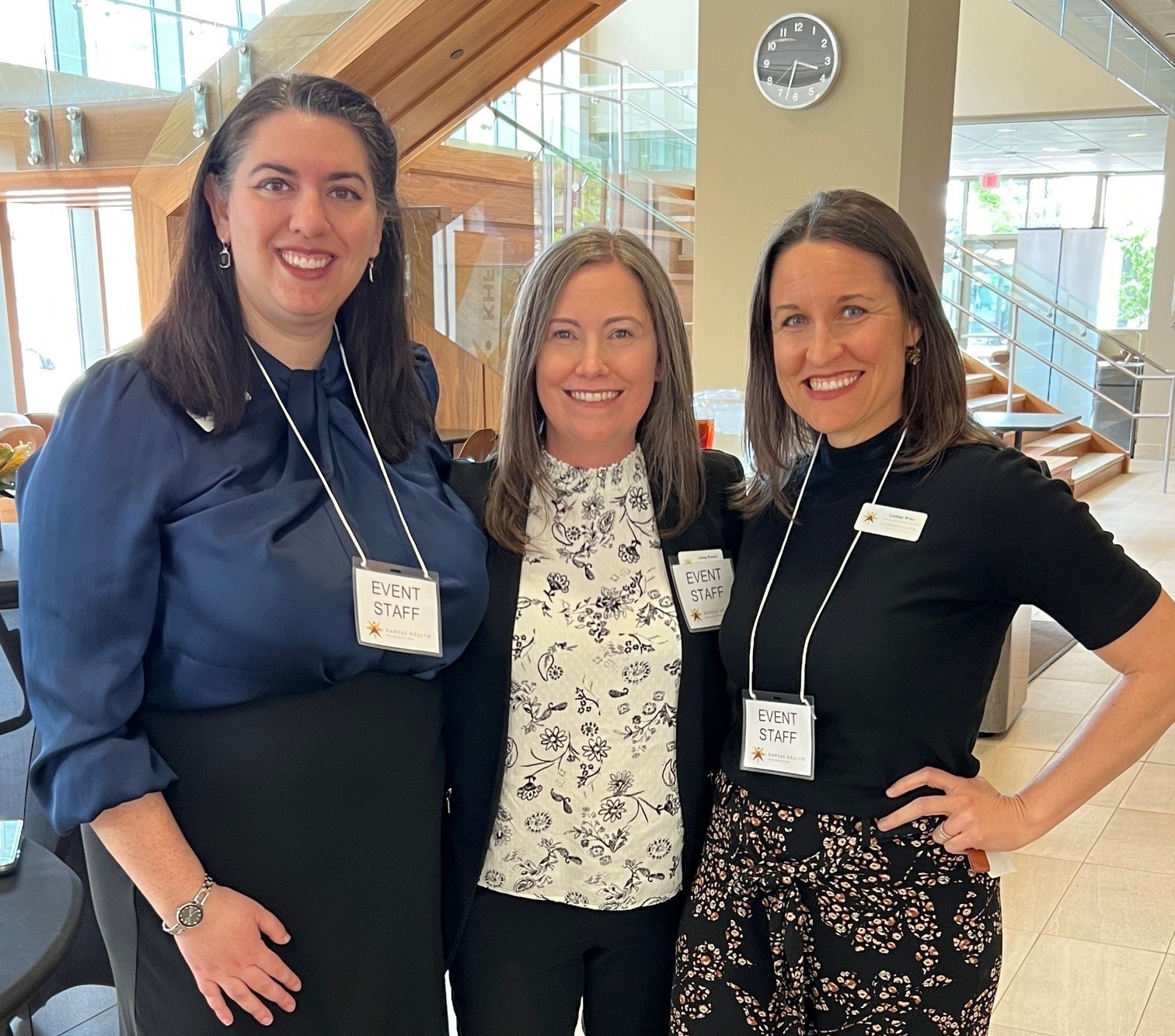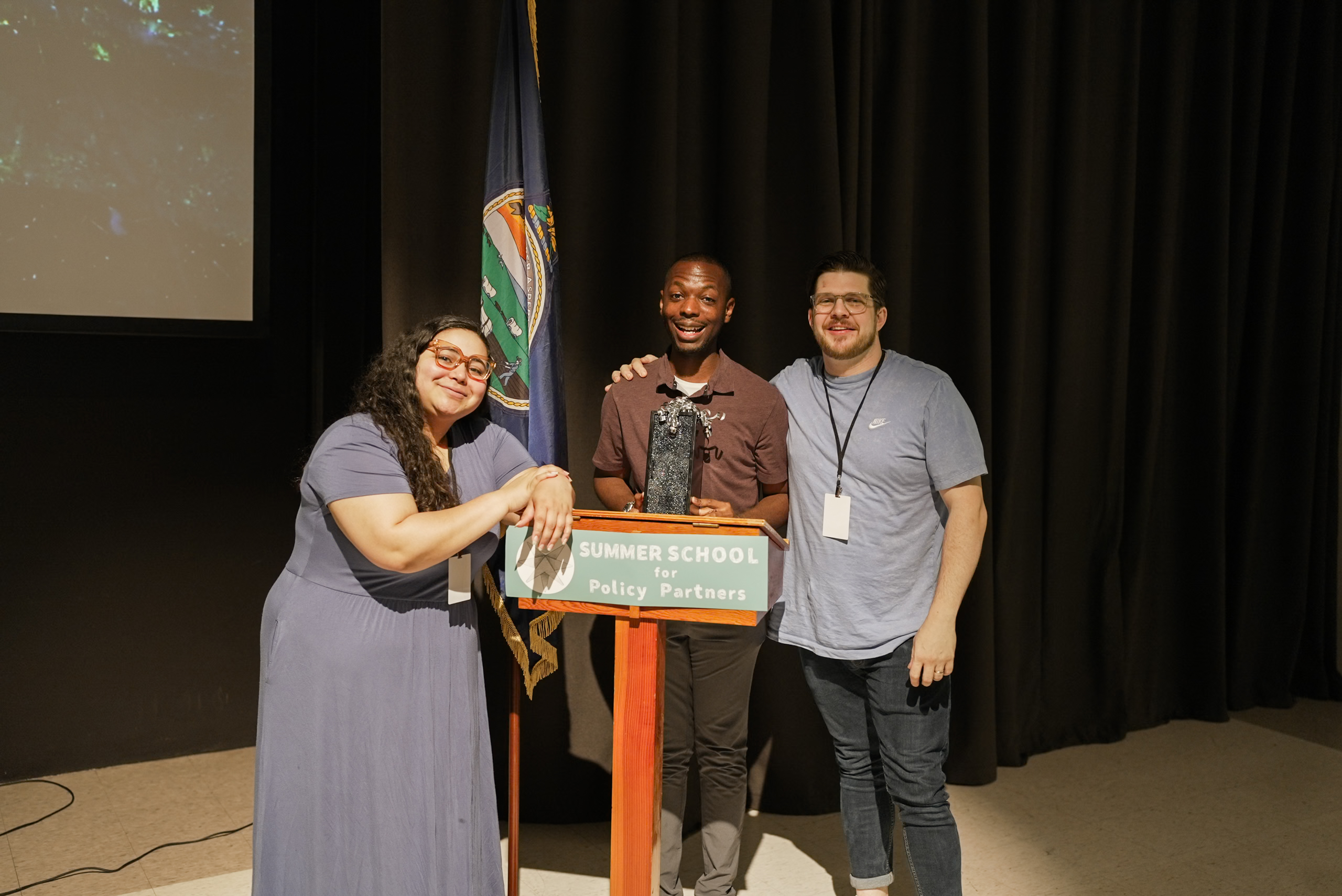As chief operating officer, I support the day-to-day operations of the Kansas Health Foundation, making sure we have the resources we need to be an effective organization.
That work includes ensuring our board of directors also has the resources they need to fulfill their role in our mission.
Our board of directors helps shape KHF’s strategic direction as well as the policies we follow. They also take on the fiduciary responsibility of the organization, such as approving annual budgets, certain expenses and salaries.
Boards are one of the most––if not the most––important audiences for any organization. Not because they’re the boss’s boss, but because they are people who have the capacity and knowledge necessary to influence forward momentum as well as the commitment and passion required to drive your organization’s mission.
Board Governance and Types
What a board does and how they do it is referred to as “board governance.” Board governance encompasses the systems, processes and policies the board follows and enacts.
Different types of boards have different types of governance.
For example, nonprofit organizations just starting up might have a working board in which the board members are also staff of the organization and are heavily involved in day-to-day operations.
As a new nonprofit grows, the working board might transition into a managing board where members manage the day-to-day operations of the staff but do not do the heavy lifting.
More established nonprofits often have a governing board like we do at KHF. Under this model, members provide strategic direction and financial oversight without getting into day-to-day operations.
Your organization might need different board models at different stages of your growth.
Building Your Board
Mission Focused
Board members should, of course, be committed to the mission of your organization and have passion for the work you’re doing as a nonprofit.
They should also be focused on your mission––a critical caveat to commitment and passion.
One of the challenges nonprofits face is “mission drift,” which can refer to when internal or external influences push the organization to elevate one aspect of its work at the expense of its broader mission.
For example, a child advocacy organization might be guided by a board member (or other influential partner) to focus solely on Adverse Childhood Experiences. While important, this narrow focus can overshadow other aspects of the mission, such as access to childcare or advocating for family-friendly workplace policies.
Fill Expertise Gaps
Beyond commitment and passion, especially as a new nonprofit, you should recruit board members who bring expertise in areas where your organization needs support.
Professionals with backgrounds in accounting, communications, fundraising, law and operations can offer guidance and oversight to help your organization function.
As you build your board, start by assessing your internal capacity and skillsets. Are there gaps in financial oversight, legal guidance or outreach strategy? Once you’ve identified what’s missing, you can start your search for board members who complement your strengths.
Focus on Diverse Backgrounds
A strong board should also reflect the communities and sectors you serve, including a diversity of backgrounds, perspectives, and most importantly, lived experiences.
That child advocacy organization I just mentioned? They might look to engage board members who are social workers, pediatricians, educators or child psychologists. Just as important, though, they also need to seek out board members with lived experience, such as child and family advocates and community members navigating the same systems you work within.
These voices help ground decision-making in real-world experiences, ensuring your organization remains accountable to the people it serves.
Managing Your Board
A lot of nonprofit directors have asked me: “What does a board do? What are their responsibilities? What does this actually entail?” I wish there was a one-size-fits-all playbook for organizations when it comes to board management. Since there’s not, I try to offer my best advice.
Defined Roles and Responsibilities
Board members can often wear multiple hats, including fundraising, governance, operations and more. Sometimes, all these hats blur the lines between what is the work of the organization and what is the work of the board.
As a nonprofit, you need to outline the board’s role in your organization and how you see them fulfilling that role.
You can do that, in part, through board orientation and ongoing education.
Orientation and Ongoing Education
A new board member often comes into an organization with tons of commitment and ounces of information.
Set them up for success with board orientation. It doesn’t need to be overcomplicated, but it should cover the essentials:
- Your mission and priorities
- Key program and impact areas
- Financial responsibilities
- Expectations of the engagement
You can also consider board mentoring––pairing a new board member with an established member for mentorship and shadowing.
Ongoing education is an important extension of orientation. For example, KHF is working on developing a retreat for our board members so they can learn more about the different aspects of our organization as well as to further their professional development in using their expertise to guide the foundation.
Strong Board Culture
Another necessary step in managing your board is creating a strong board culture just like you would for your staff.
From my perspective, one of the most effective ways to build that culture is by creating time for board members to connect outside of the formal structures of their quarterly meetings, such as over a meal, during a pre-meeting gathering or by attending events together that your nonprofit hosts or sponsors.
Time for connection gives members space to learn about one another on a personal level. With this shared foundation, board members can have those often difficult conversations grounded in a place of appreciation and respect.
Above all, remember that building and developing a strong board takes time, intention, and consistent effort. And the investment is worth it. A well-structured, engaged board is your organization’s greatest asset. They guide strategy, open doors and help you fulfill your mission.















